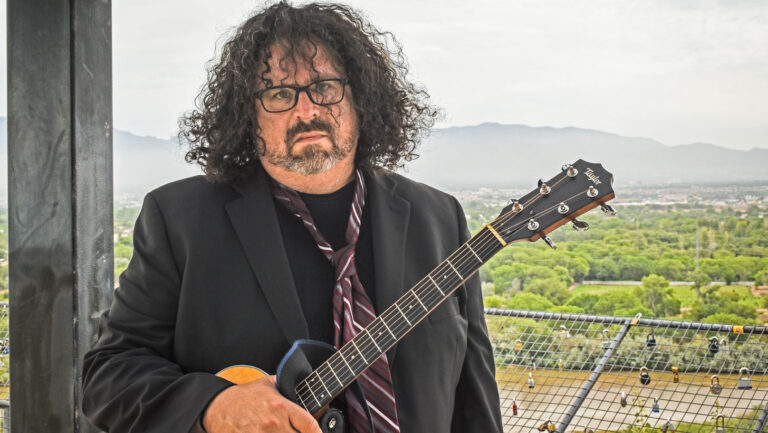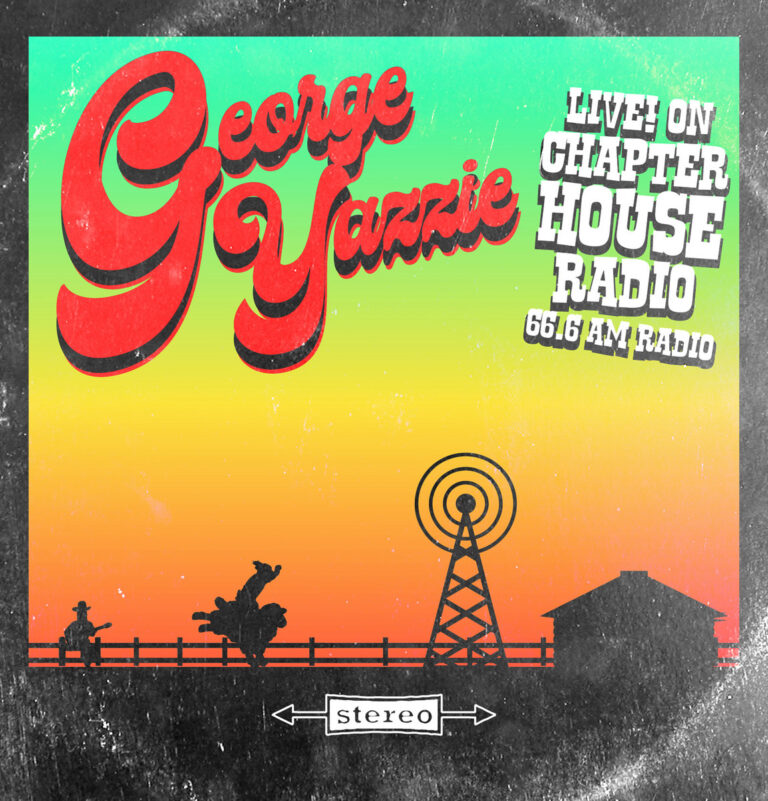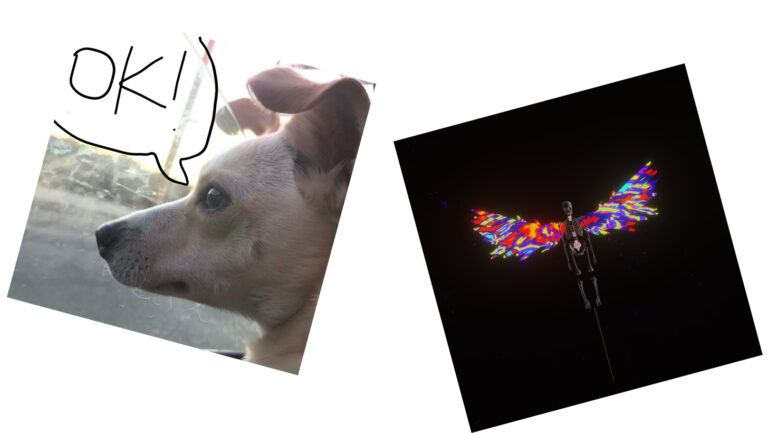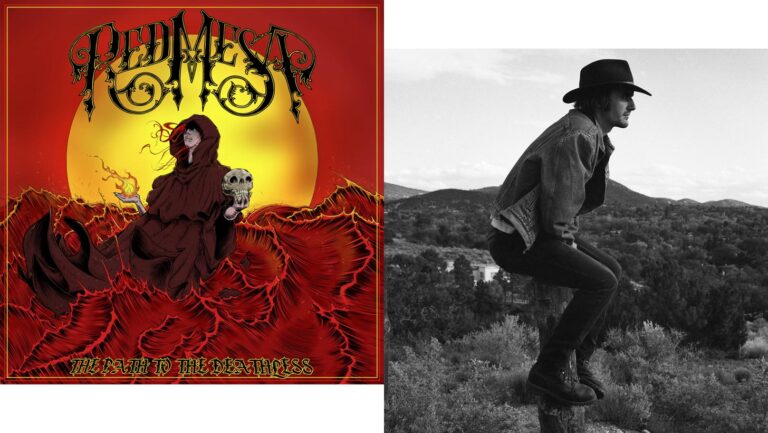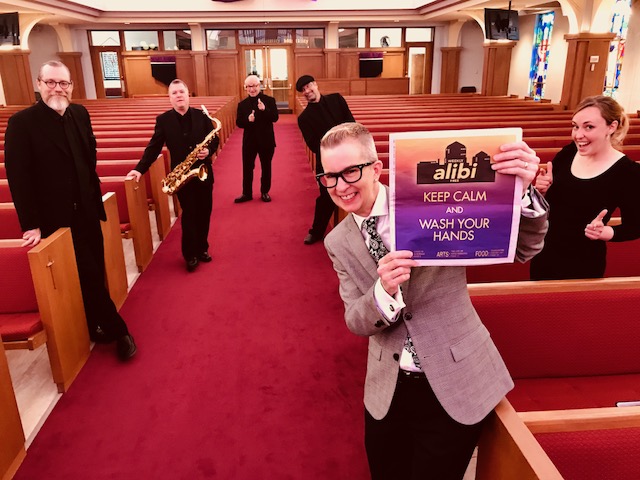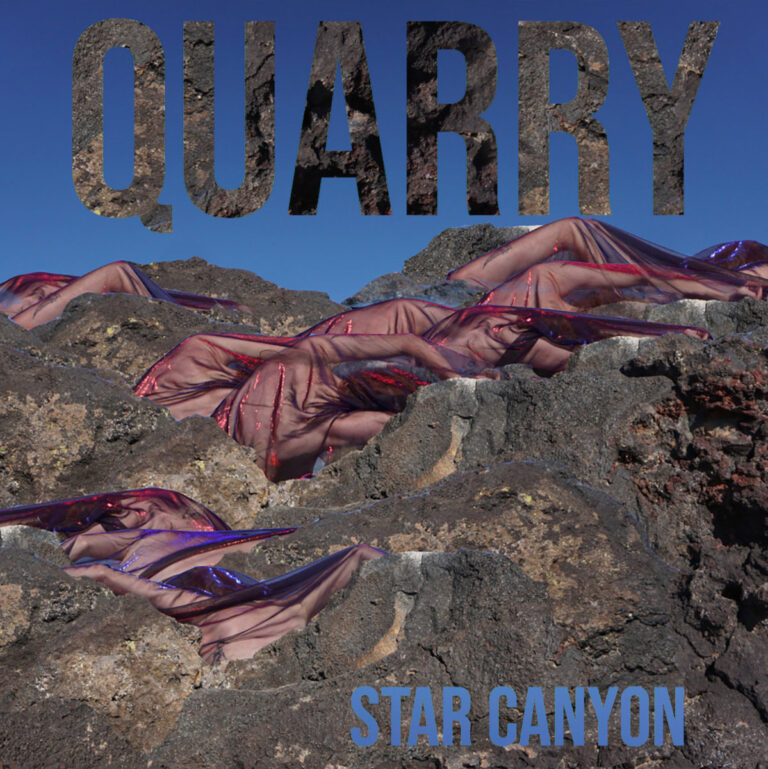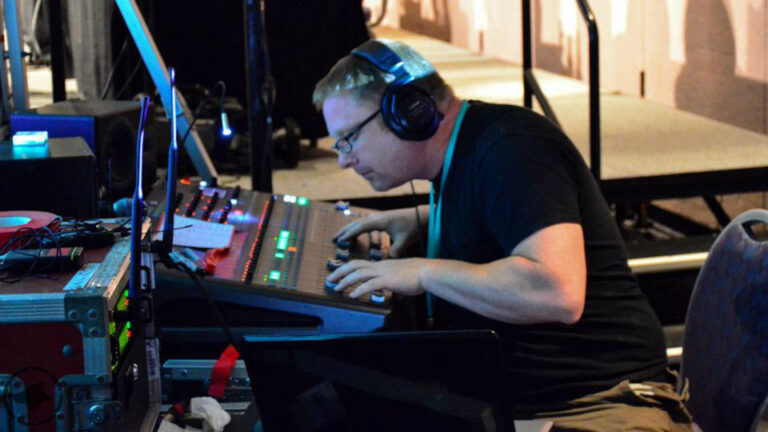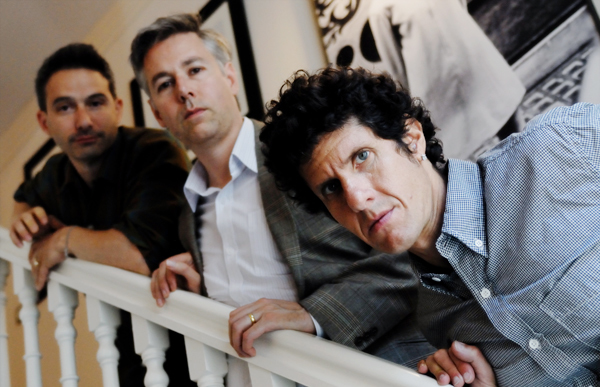A Community Effort
The Carnaval bug bit Frank Leto when he was teaching at a Montessori school in the Virgin Islands. Aside from the music—he heard the great Calypsonians Lord Kitchener and the Mighty Sparrow—and the general revelry, there was something else that captivated him. “Our school would always have a float for the children’s parade. The night before, we’d get the flatbed truck, and all the parents would come, and we’d all get drunk and decorate it,” he says. “There’s a community spirit involved in Carnaval.”The same spirit fuels the Letos’ production today. “It just feels good to have a lot of people working toward a common goal,” he says. “That’s what Carnaval is about, to forget about all your problems and celebrate life.”Carnaval has a “magical” quality for the Letos, he says, because it brought them together when Pilar auditioned for one of Frank’s first productions in San Francisco in 1979. It’s also helped keep them together, as they’ve collaborated on productions annually wherever they were living, from California to Hawaii to New Mexico. Their first Albuquerque production was staged 17 years ago in a restaurant. This year, in addition to its appearance on the main stage at the NHCC, the production will also be featured in this summer’s New Mexico centennial celebration and in the New Mexico Jazz Workshop’s annual fundraiser.A Cultural Excursion
Frank confesses to being both an educator and an entertainer, and he uses each number to teach the audience something about the culture that underlies the music and dance. From the Yoruban gods carried from Africa to Cuba, to the charming traditions of Brazil’s Bahia region, to the steel drums of Trinidad—the production takes the audience through a tour of Carnaval experiences.“The concept is to show people, without leaving Albuquerque, what it’s like to be in Brazil or Trinidad or Cuba,” he says. Ultimately, though, it all comes down to “getting people to think about the good things in their life.”Music and Dance: Carnaval 2012 Celebration
Friday, Feb. 17, and Saturday, Feb. 18, 8 p.m.National Hispanic Cultural Center1701 Fourth Street SWTickets: $10 to $25$5 discount for students, seniors, NHCC membersnhccnm.org, 246-2261


